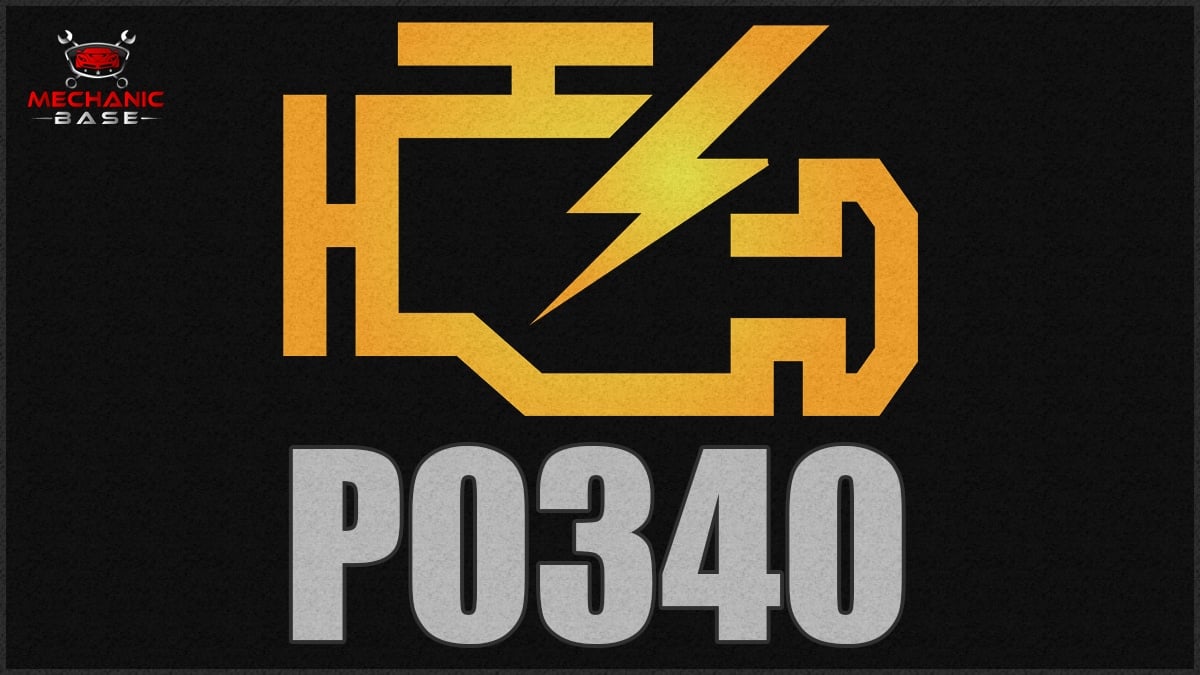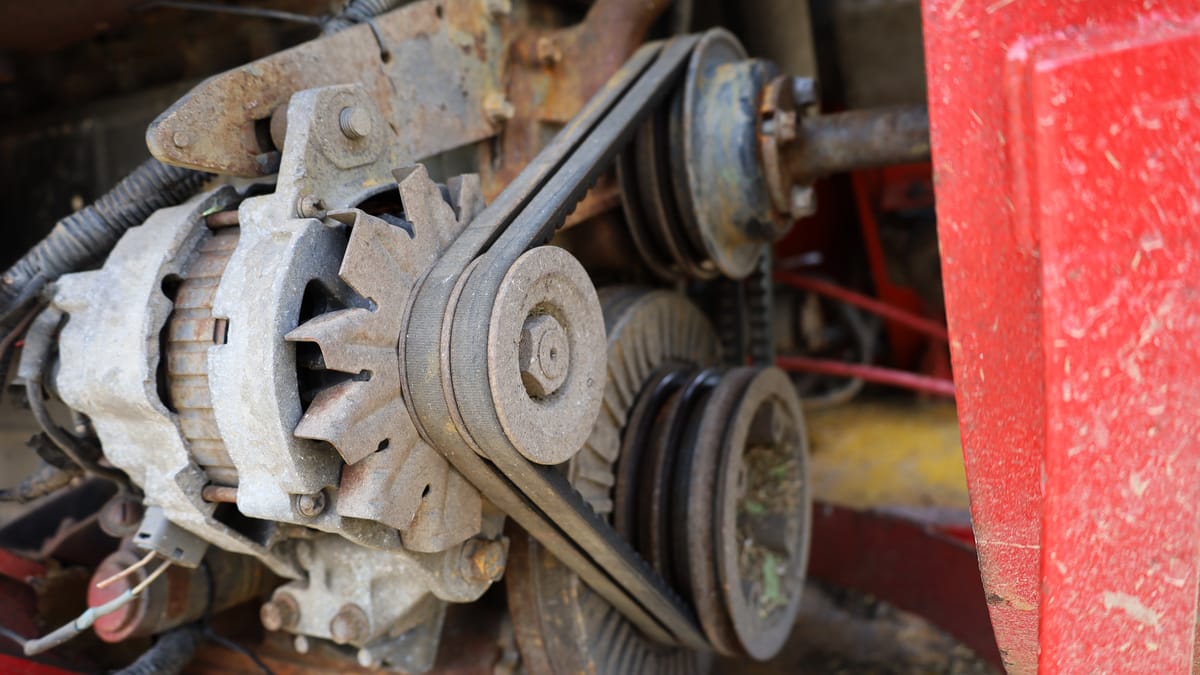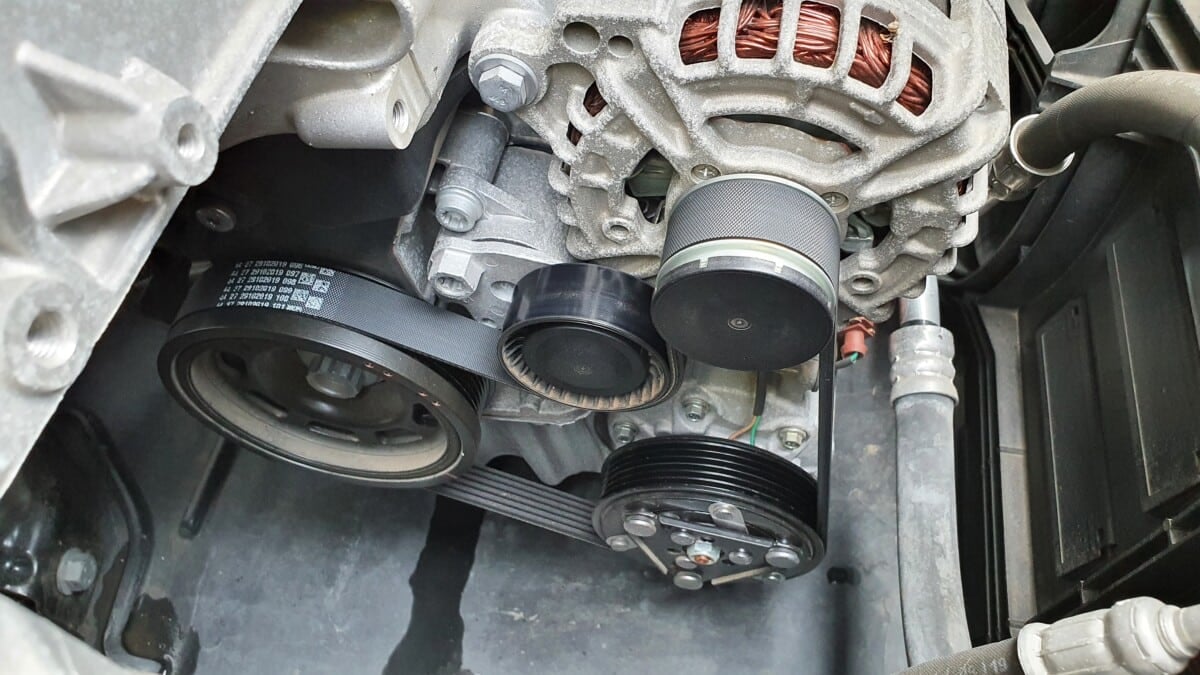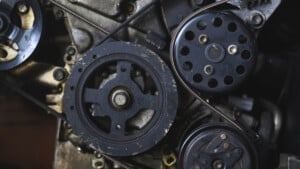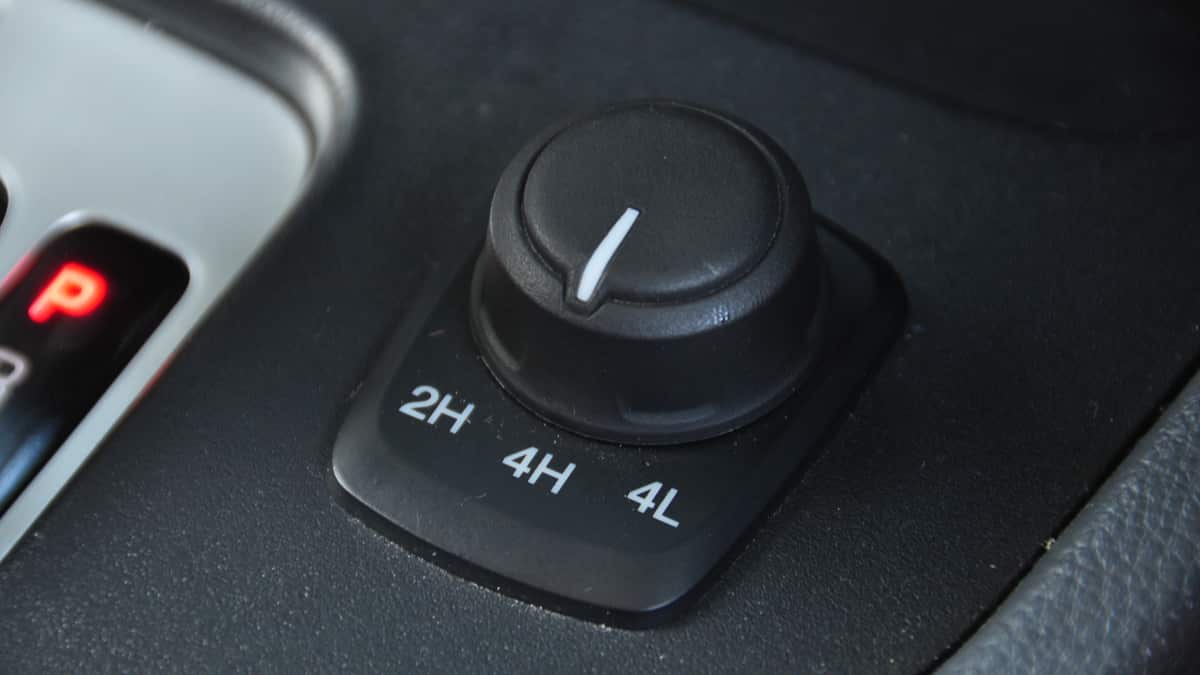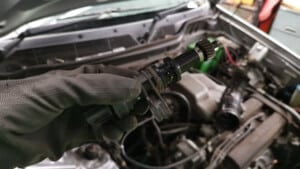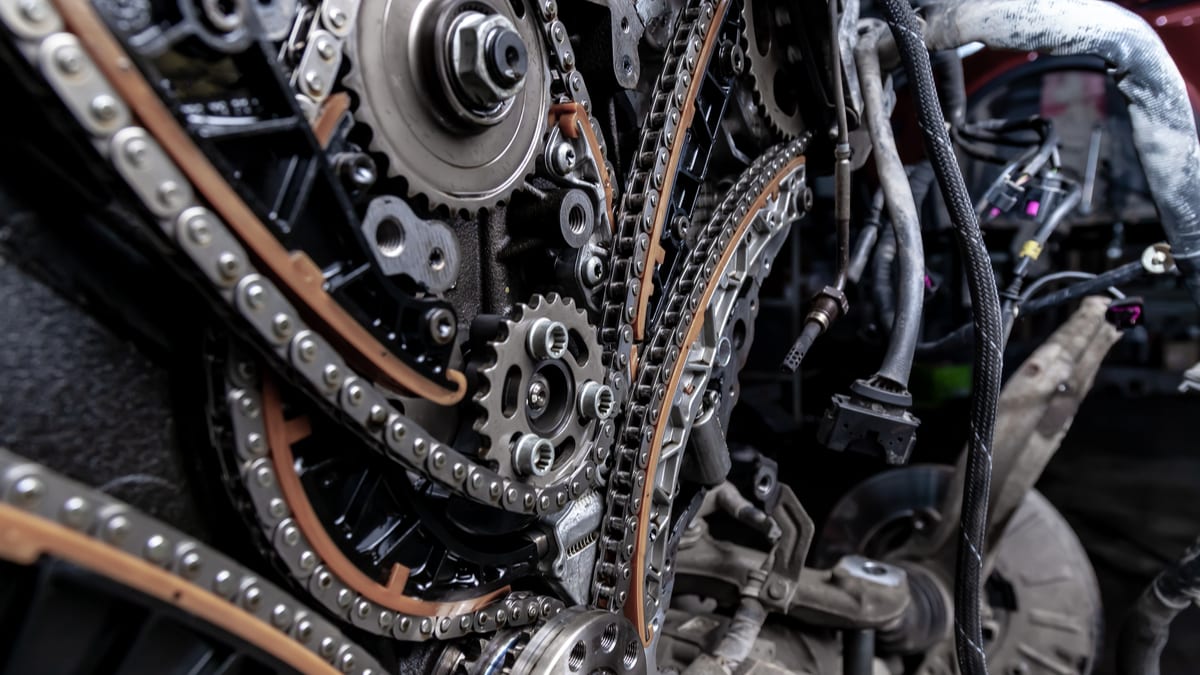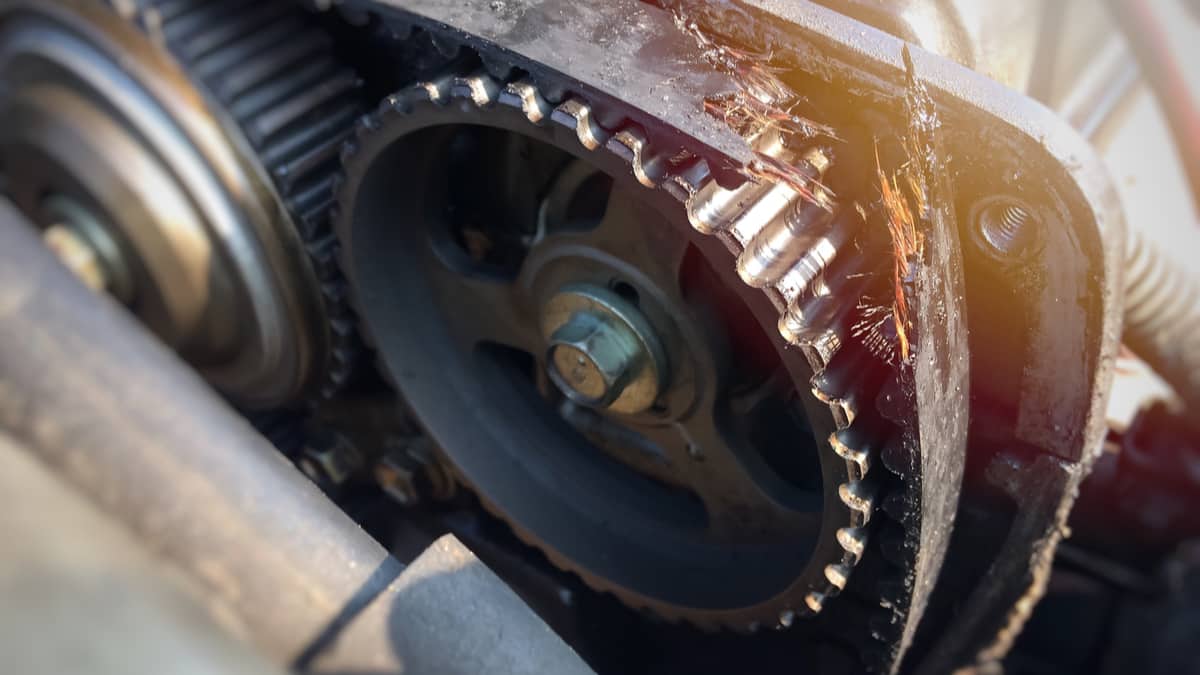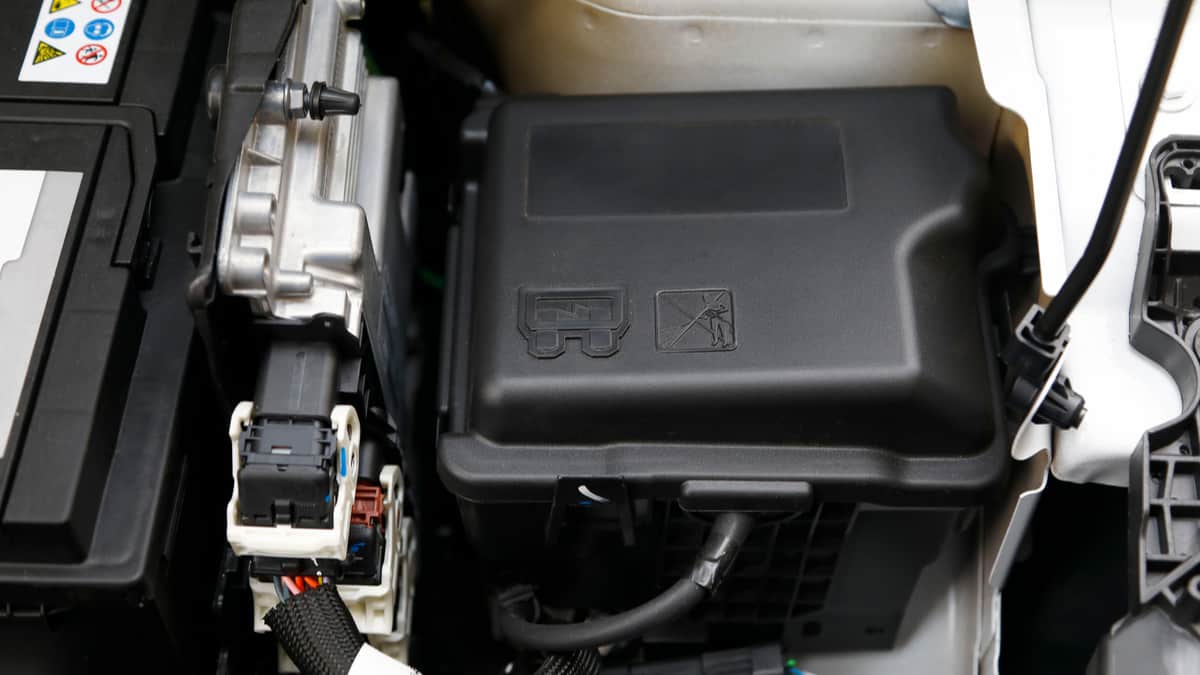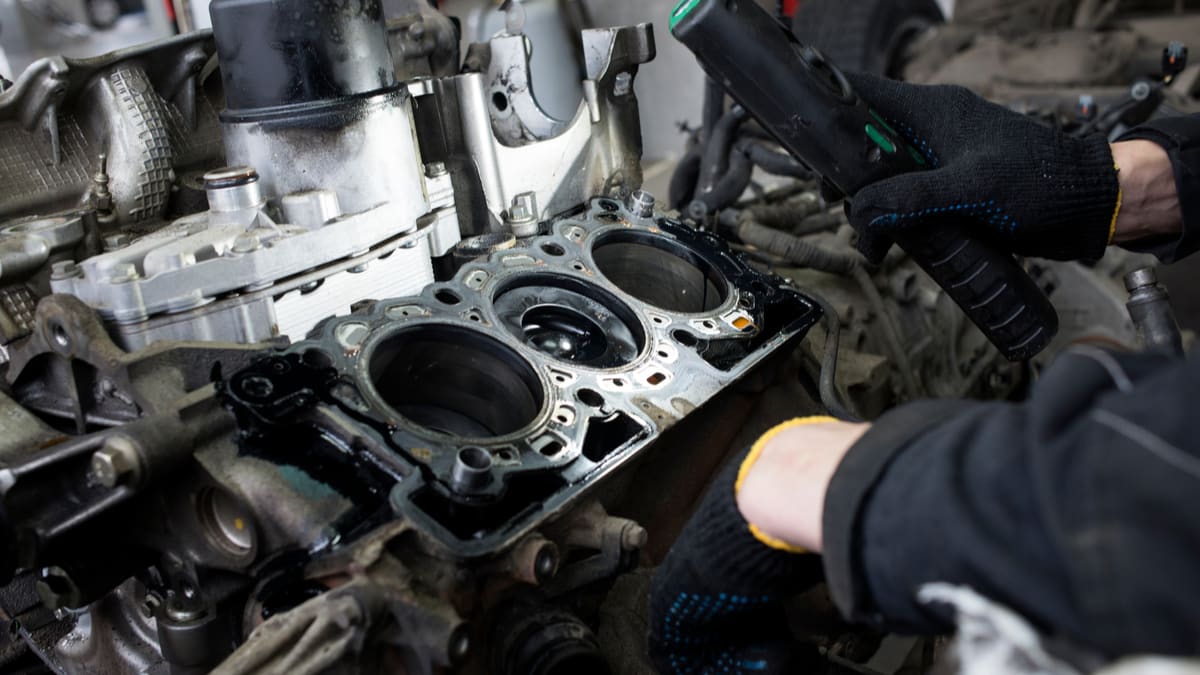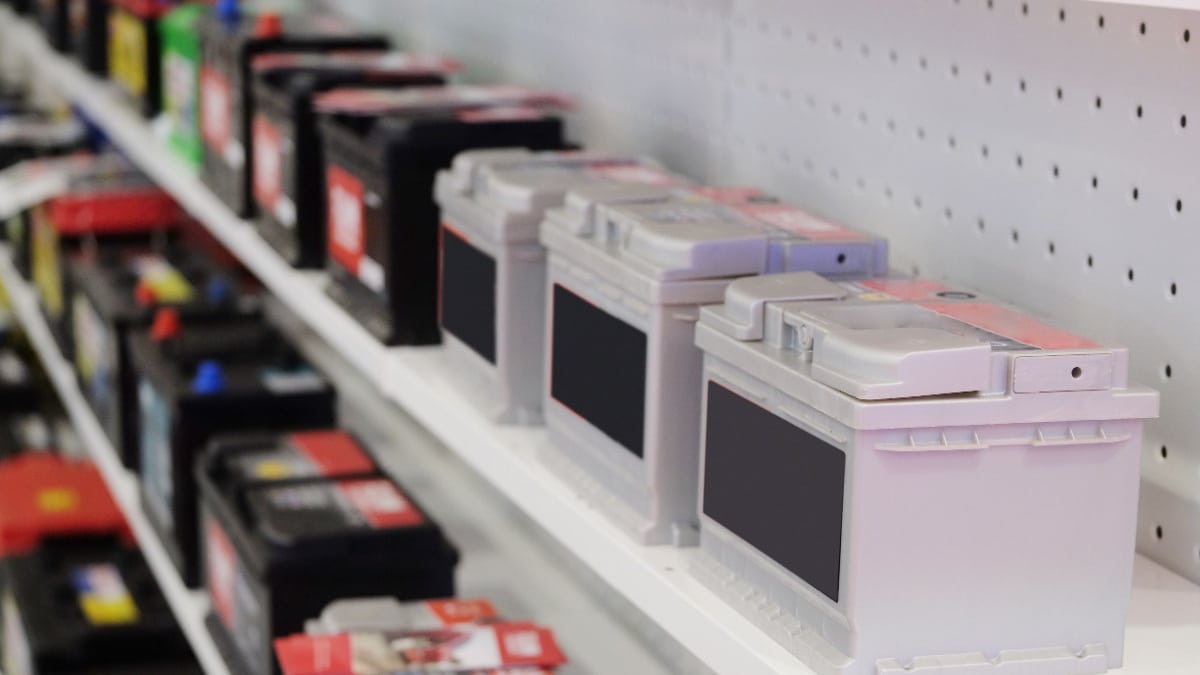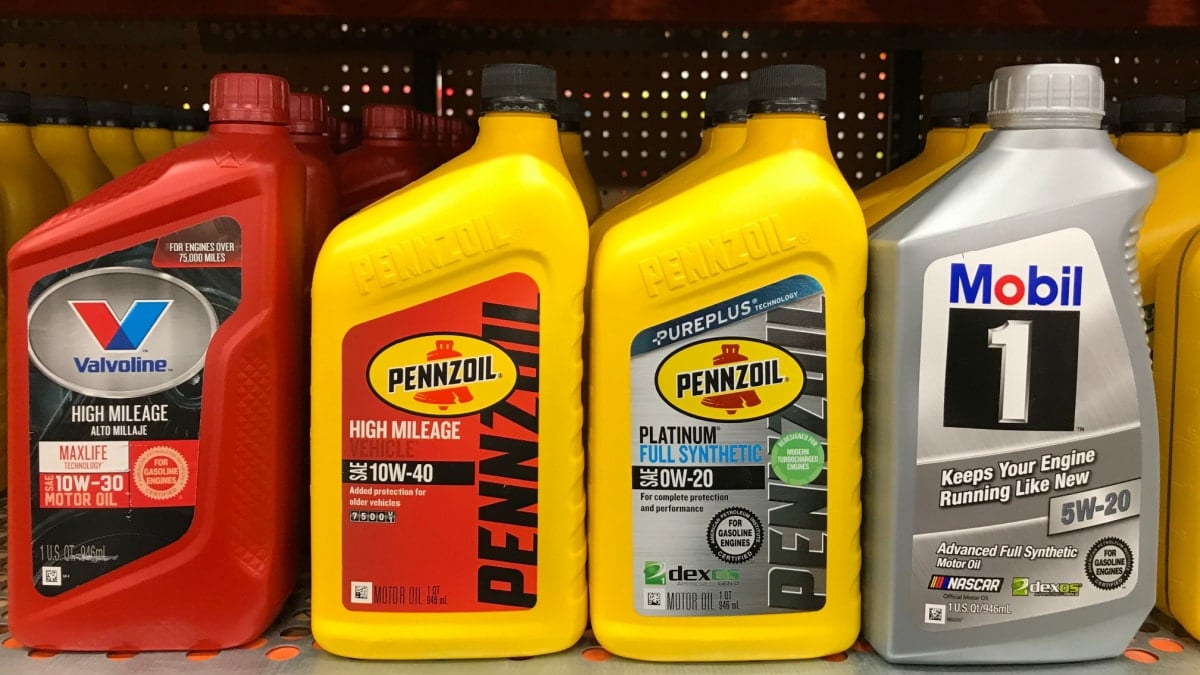Most modern cars either have a timing chain or a timing belt under the hood. Both are used to connect the crankshaft to the camshaft and ensure the perfect timing for your internal combustion engine. But, which one is better and what are the differences between the timing chain vs. timing belt?
In this guide, we evaluate which one is better. We also look at the pros and cons of either setup, evaluate some of the differences and explain how to determine what your vehicle has. We also answer your top questions about the timing chain or belt.
Is A Timing Chain Or Timing Belt Better?
The timing belt is quiet and lightweight, but it’s not meant to last a long time. It does degrade over time and requires replacement. Timing chains are heavier, so they normally last longer. However, some newer cars use timing chains that fail prematurely, leaving owners with an expensive repair.
The timing belt is made from rubber, which keeps the cost lower. However, this rubber material doesn’t last as long as most chains will. Any oil or coolant contamination further leads to deterioration. For this reason, most automakers recommend changing the timing belt as part of the regular maintenance, typically every 60,000 to 100,000 miles.
The timing chain doesn’t normally come with a replacement interval. Yet, these can also fail, especially on some newer models with weaker chains. If the timing chain needs to be replaced, the repair bill is much more expensive.
Timing Chain
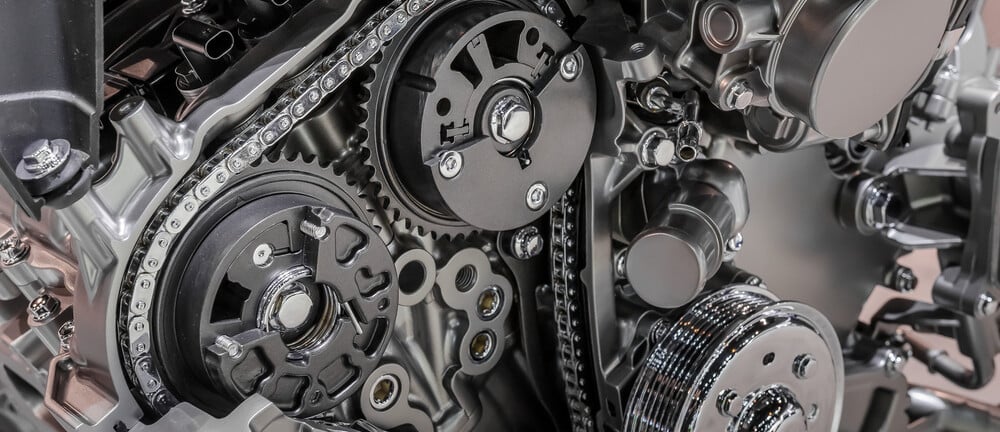
The timing chain is needed to synchronize the rotation between the crankshaft and the camshaft. It balances the opening and closing of valves in the engine, otherwise referred to as the exhaust and intake valves.
When the timing chain has everything synchronized, the right amount of fuel enters the engine. It also ensures that the appropriate amount of exhaust leaves the engine. Without the timing chain, the engine couldn’t run.
Timing chains were incredibly popular prior to the 1970s, as they replaced the previous gear-driven timing setup. However, the chains were replaced in the 1970s and 1980s with toothed belts that required no lubrication. In recent years, automakers have moved back to the timing chain because of the increased durability.
Pros
There are numerous benefits to the automotive timing chain. Here are a few to consider.
- High strength because of construction
- Durable/long life
- Resists heat coming from the engine
- Dampens vibrations from the crankshaft
- No slippage
- Useful in high-power situations
Cons
Not everything about the timing chain is considered good. Here are a few downsides to think about.
- Chain needs to be lubricated by the motor oil
- Without maintenance, the chain can stretch and wear out
- Can create noise and a rough idle if stretched out
- Failed chain can cause damage to the engine block, cylinder head and crankshaft
- Heavy, causing more fuel consumption
Timing Belt

The timing belt is constructed of rubber material and it contains tooth-like grooves to act as the chain. Some manufacturers prefer a neoprene or polyurethane construction instead. Either way, it has corded fibers within the belt to offer some reinforcement and provide tension.
The belt connects the crankshaft and camshaft, providing the same functions as a chain. It’s responsible for controlling the timing of the intake and exhaust valves.
With the timing belt working as it should, fuel enters the combustion chamber at an appropriate level. Once combustion has occurred, the timing belt also ensures that the exhaust can escape from the engine.
The first recorded use of a timing belt in a car engine was in the 1954 Devin-Panhard race car. The belt was made by the Gilmer Company and the car went on to win the 1956 Sports Car Club of America National Championship. The first engine mass-produced in America to have a timing belt was the 1966 Pontiac OHC. It had a timing belt and twin cams.
Pros
It’s easy to see what most of the advantages of the timing belt are, considering the lighter weight and rubber material. Here are a few to consider.
- Cheaper to construct
- Lighter weight allows for better fuel efficiency
- Minimal vibrations
- No need for lubrication – maintenance-free
- Doesn’t corrode
- Doesn’t cause major damage when broken
- Quieter operation
Cons
However, the lack of durability does lead to some disadvantages. Here are some to think about.
- Requires regular replacement
- Not for heavy-duty applications
- Slips easily
- Easy to damage
What Are The Key Differences Between A Timing Chain and A Timing Belt?
When evaluating the differences between the timing belt and the timing chain, it’s important to think about the construction and maintenance requirements. You also want to look at the lifespan, cost of replacement and the location
1. Construction
The timing belt is made from strong rubber. It can also be made with neoprene or polyurethane containing corded fibers inside.
In comparison, the timing chain is constructed from metal. The differences between the two based solely on the construction are profound.
For example, the rubber material is lighter, allowing for better fuel efficiency. On the other hand, the chain tends to be more durable but also costs more to make. Additionally, the rubber material is going to be quieter while operating than the chain.
2. Maintenance
There’s virtually no maintenance to perform with the timing belt. It doesn’t need to be oiled and it relies on automatic tensioners to hold it in place. When something starts to fail, you’ll hear a squealing sound from the tensioner. In some cases, the tensioner or pulley needs to be replaced and the problem isn’t related to the belt at all.
With a timing chain, you need to make sure it remains lubricated. The timing chain uses engine oil as it runs through the motor. If it runs dry, it could fail prematurely.
3. Lifespan
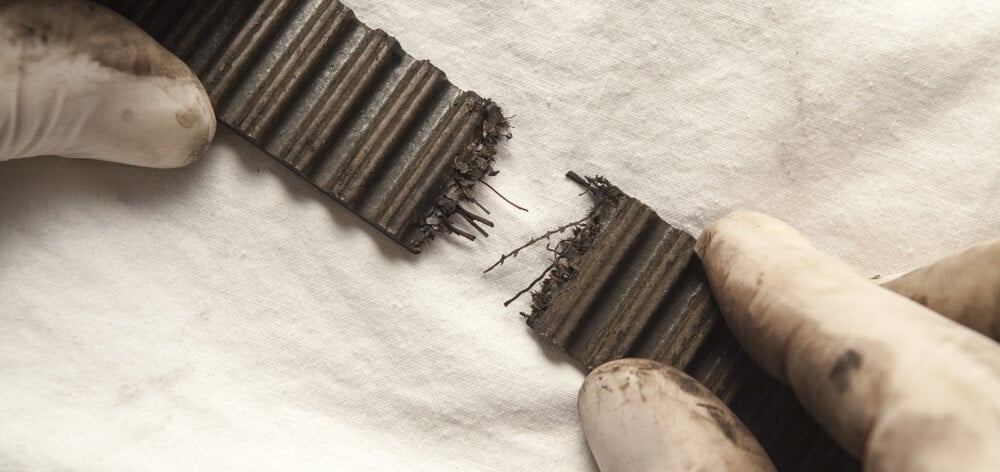
The timing chain is going to last longer, in most situations, because of the heavy-duty construction. Many automakers estimate the timing chain will last for the lifetime of the vehicle. However, there have been instances of premature failure with some newer models. When the timing chain breaks, it can cause serious engine damage.
On the other hand, the timing belt does not last as long. In fact, manufacturers put a timing belt replacement in the recommended maintenance schedule, typically somewhere between 60,000 and 100,000 miles. If the timing belt breaks, it may lead to massive amounts of damage and the vehicle will not run without it.
4. Location
The timing belt is outside the engine, underneath a plastic cover. The timing chain is also located in the same spot, but needs a sealed cover because of the oil passageways. With this setup, the chain receives proper lubrication from the oil.
However, this cover makes it more difficult to replace a timing chain. Thankfully, they don’t usually need to be replaced.
5. Cost of Replacement
The timing belt is meant to be replaced regularly. Every automaker sets a different maintenance schedule, dictating when it should be swapped out. However, the cost is relatively the same among vehicles. You can purchase a kit for between $75 and $400. If you need to hire a professional mechanic, figure on spending a total of $400 and $1,000 because it will take two to five hours to replace. Otherwise, you could do it yourself and save money.
The cost to replace a timing chain is much higher. Because of the cover over the chain, it’s not easy to replace, so a mechanic needs more time. Add that to the higher price for parts and you could spend between $750 and $1,700.
Does My Car Have a Timing Belt or Chain?
Many people have a preference between the timing belt and chain. If you want one over the other, it’s important to determine what a car has before buying it. If you are looking at a brand-new car, you can look at the specifications on the manufacturer’s website. The dealership should also have the answer for you.
With a used car, you want to look up the specifications online. You can also check the owner’s or service manual to see what’s included. If there’s a timing belt, there should also be directions on how often to change it. If it hasn’t been replaced by the previous owner, you may want to take care of that before you run into trouble.
Do timing chains need to be replaced?
In most cases, the timing chain doesn’t need to be replaced unless there are problems. As the chain starts to fail, you may hear a rattling sound, especially when the engine first starts up. You may also see the Check Engine Light. Either way, you want to replace it before it breaks or fails, as it can cause serious damage.
Why do cars use timing belts instead of chains?
The timing belt is less expensive than the chain. That’s why it’s often used on lower-dollar cars. While it doesn’t require a lot of maintenance, most manufacturers recommend replacing the timing belt every 60,000 to 100,000 miles, ensuring that it doesn’t break.
Is a timing belt or chain more expensive?
The timing chain costs much more than the belt because it’s made from metal instead of rubber. The installation is also going to be more expensive because of how difficult it is to access. The timing belt is located under a plastic cover, while the chain has a sealed cover, so most home mechanics can’t replace one.
Can a timing chain last 300,000 miles?
If your engine oil is topped off and clean, the timing chain will be well-lubricated. This lubrication is key to keeping the timing chain running at its best. With proper care, the timing chain could last for 300,000 miles or more. You should start to hear a rattling sound as the timing chain begins to fail.
When did they stop using timing chains?
Timing belts became more popular in the 1970s, especially as overhead cams became more widespread. Because the cams were farther from the crankshaft, it was easier to use belts to drive the four-cylinder engine. Yet, chains are making a comeback as manufacturers seek to make cars more durable.
Deciding between the timing belt and chain design isn’t easy, but you don’t always get the choice. If you are interested in a particular car, you are subject to whatever design the manufacturer uses. However, if you have more flexibility in what you choose, you may be able to pick a model with the setup you prefer.
If you are looking for something long-lasting and more durable, the timing chain is usually the answer. However, there’s nothing wrong with the timing belt, as it keeps the car price down. You just need to make sure you are having it replaced regularly.
Categories: Engine

